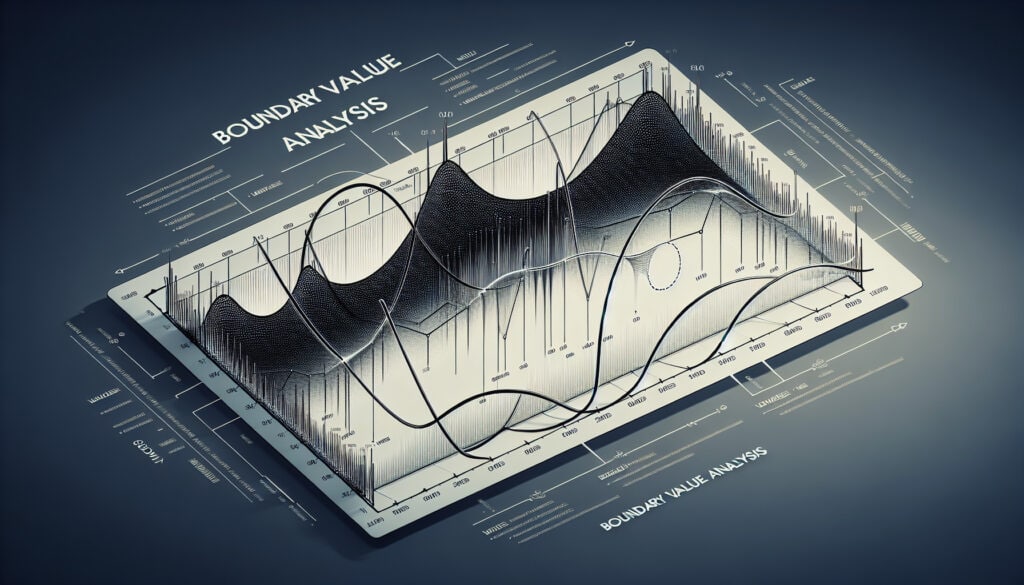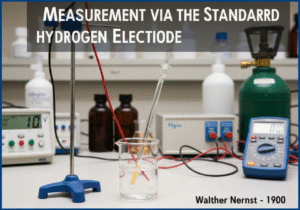A 软件 测试技术,侧重于一系列输入的 "边界值"。
- 方法: 精益西格玛, 制造业
边界值分析

边界值分析
- 流程改进, 质量保证, 质量控制, 风险管理, 软件测试, 统计过程控制 (SPC), 测试方法, 验证, 验证
目标
如何使用
- 在边界 价值分析测试用例旨在测试输入范围边界的值,以及边界内外的值。
优点
- 是查找与边界条件相关的错误的有效方法,可用于减少需要创建的测试用例数量,并可用于测试各种系统。
缺点
- 可能不适合所有类型的系统,可能难以确定某些系统的边界值,也可能无法发现系统中的所有错误。
类别
- 工程, 质量
最适合:
- 查找系统中与边界条件有关的错误。
边界值分析(BVA)是一种广泛应用于软件测试和工程学科的方法,通过针对更容易发生故障的边缘情况或边界条件来提高系统可靠性。这种技术在金融业和电信业都有实际应用,金融业需要测试交易限制或账户余额,而电信业的网络容量和服务限制对性能至关重要。在产品开发的测试阶段,该方法通常由质量保证工程师和测试团队启动,他们与产品经理和软件开发人员合作,共同确定潜在的边界案例。例如,在开发一个接受用户年龄输入的软件应用程序时,测试将在可接受的最小年龄(如 0 岁)、略高于该阈值的典型值(如 1 岁)、为该字段设置的最大值以及超出可接受范围的值(如负值或极高年龄)下执行。这种对边界条件的精确关注可以发现在标准测试方案中可能被忽略的错误,从而大大提高最终产品的稳健性。BVA 不仅能确保测试覆盖范围跨越输入值的关键转换点,从而减少所需的测试用例数量,还能将其实用性扩展到各种系统类型,使其同时适用于软件和硬件测试环境。这种系统化的方法鼓励跨职能团队之间的协作,培养对系统行为的全面理解,最终有助于提高产品开发的质量。
该方法的关键步骤
- 确定有明确边界的输入变量。
- 确定每个变量的最小值和最大值。
- 为边界值设计测试用例,包括最小值、最大值和边界外值。
- 为边界内的值创建额外的测试用例。
- 根据确定的边界执行测试用例。
- 分析结果,找出任何差异或失误。
- 根据测试结果完善测试用例,并在必要时重新测试。
专业提示
- 利用自动测试工具,围绕边界值系统地生成测试用例,提高效率和可重复性。
- 对先前确定的边界故障点进行统计分析,以完善测试迭代的重点区域。
- 当边界测试用例失败时,认真记录异常情况,以便在未来的设计中识别模式并加深对边缘效应的理解。
历史背景
1895
1900
1902
1904
1913
1915
1916
1890
1900
1900-12-14
1902
1907
1915
1915-11
1918
(如果日期不详或不相关,例如 "流体力学",则对其显著出现的时间作了四舍五入的估计)。















相关文章
制造运营管理(MOM)
制造执行系统(MES)
生产控制计划
人工测试
手动搬运评估表 (MAC)
手动任务风险评估工具(ManTRA)